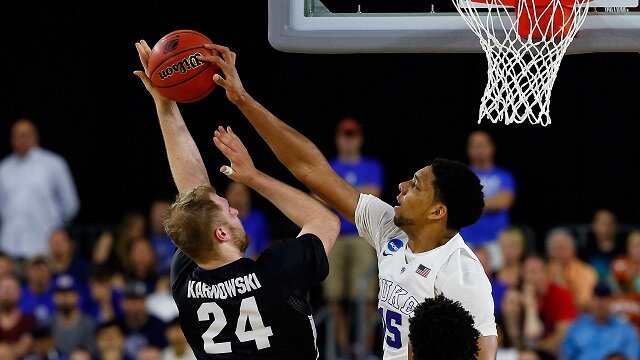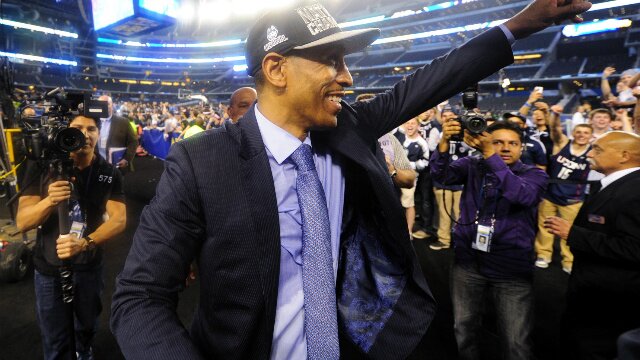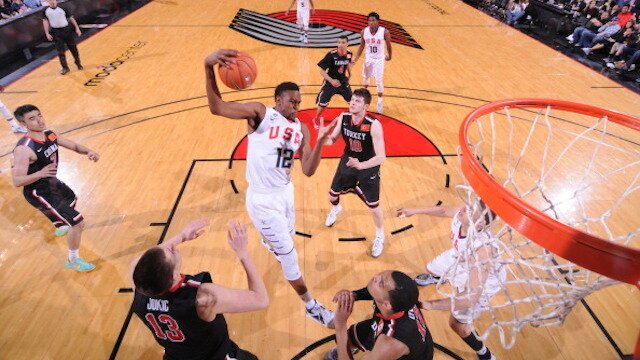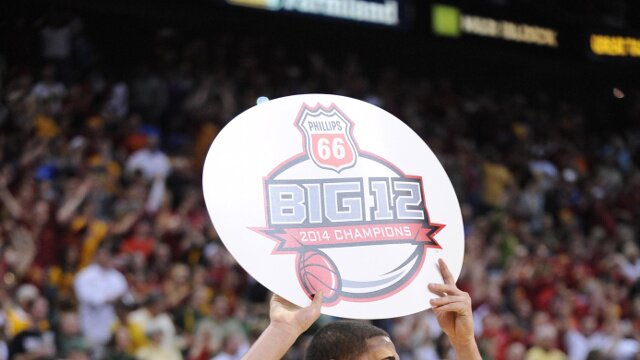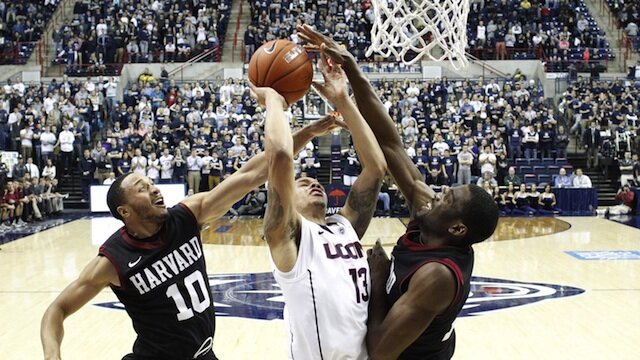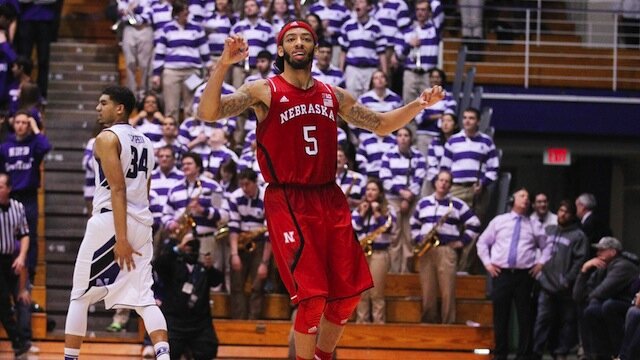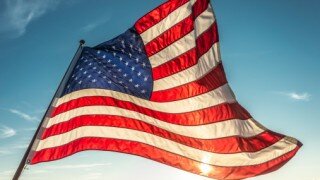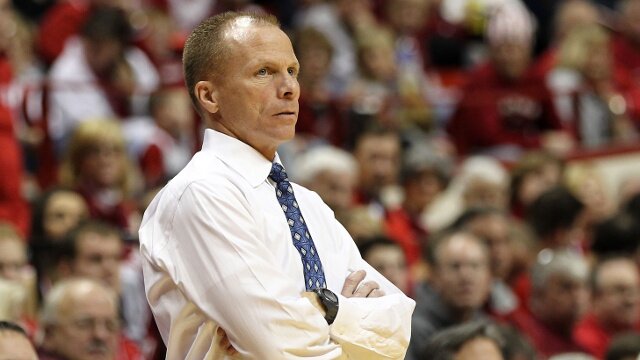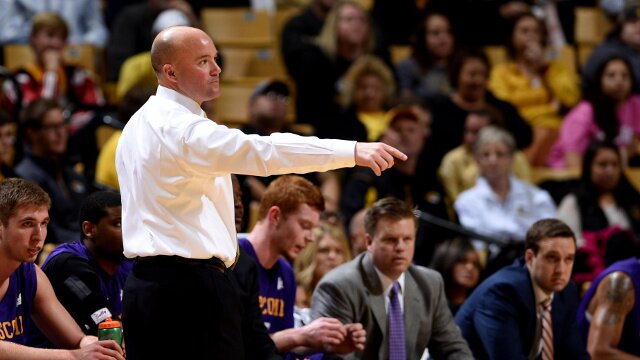
The NCAA, while embarking on a journey to restore credibility, has been around since 1906(Under the name Intercollegiate Athletic Association of the United States ), making it one of the few organizations who have the ability to say they’ve been around for over a century. However, the governing body of college sports isn’t exactly what it was when something called a microwave would have been considered science-fiction. For nearly 50 years the NCAA didn’t even have a president to reside over all the committees, they didn’t even offer women’s athletics until the 1980’s, among other stuff we would consider ludicrous today.
They have also had their fair share of controversies. While the NCAA likes to consider itself a credible, unbiased institution, there are a lot of holes in their rule-making logic.
Modern Era:
Most experts consider 1952 the beginning of the NCAA’s journey into the modern era. Since we’re not really taking a look at a time when women weren’t even handled by the NCAA, I think it’s safe(for the sake of what we’re trying to chronicle) the NCAA actually stepped foot into the modern era around the same time those picture-boxes all the kids love became an important source of financial gain, 1979(Or the Magic and Bird year).
The reason why the real modern era began at the same time as television contracts became important, money of course. While the original headquarters of the NCAA was rooted Kansas City, then to be moved to Chicago, only to have a few more stops until it finally landed at Indianapolis in 1997. The interesting question is, how did it get there? The NCAA actually held a public auction so cities could bid on having the NCAA move their headquarters to their area. This proved two things, their inevitable route to go with a money grab and showing their undeniable arrogance(One which shows till today, with every condescending statement released).
The modern era of the NCAA has really only differed from the era of fedoras in a few ways. It isn’t money either, that’s always been in the forefront of whoever ran the NCAA. Instead of venues being the most important part to universities(Tickets, vendors, etc), it’s now television contracts. You would wonder why something like a television contract is so important to a non-profit such as the NCAA, but need I remind you that the people who work for the NCAA also work for the universities who could benefit from network TV deals(More on this when I summarize). Other than that, the NCAA has been chugging along using its same dated philosophy, while adding contradictory rules, for over a century now.
Controversies:
I can spew out a ton of rather large questionable suspensions. Or I could just regurgitate some of the things I’ve already covered. Instead, for the sake of your sanity, I’m going to highlight some of the more recent miswieldings of justice the NCAA has cast out.
Using players’ likeness in video games without student-athletes receiving any form of compensation. Reason given, their compensation was with scholarships. Or the one they originally ran with, much funnier, the players’ likeness must have been a coincidence.
The actual term “Student-Athlete”. Student-athlete was created as a loophole so the NCAA and universities can avoid paying workers compensation to players(Because in theory, the players were paid scholarships, to play sports, to bring the schools in money). This also was a way for the NCAA to keep the players considered amateurs and forfeiting any rights they may have had at a form of monetary compensation.
The NCAA is currently doing an external investigation of its internal self after it was found that they were using the defense lawyer of a booster who was at the center of a “pay to play” scandal, thus obtaining information in ways outside of their jurisdiction(Possibly illegal as well).
Penn State University were given severe penalties for infractions that many thought were illegal but not within the NCAA’s jurisdiction. See above as to why this example may become bigger in the wake of the NCAA’s investigation of itself.
Summary:
For the love of Sam Cassell, where to start. The modern era of the NCAA is no more integrity-stricken then the eras before. It just so happens that a larger amount of money is at stake. The fact that the NCAA would bid the headquarters out to the highest bidder is rather laughable when you think about. While it’s surely important for cities to bring in large businesses, the NCAA only employs around 300 people, not exactly bringing a ton of new jobs to the area. The fact that they had the audacity to do something like that just shows the arrogance the people within the NCAA actually are.
Earlier in the NCAA Chronicles, I mentioned how having people who are employed by the NCAA while being employed at the universities they oversee, is downright wrong. The fact that in today’s modern era there is literally millions of dollars at stake with TV deals, makes it all the more troubling. If the NCAA really wanted to hurt a program who violated the rules they put forth, all they would have to do is take them off the picture-box for one year. But if they did something like that it would undoubtedly affect how much income other universities(who may be tied in the same conference television deal) would lose money. So since the people overseeing the universities are folks who work at them, something such as taking them off the television would be highly unlikely(Plus, the networks in which they have TV deals with would throw fits).
The controversies speak for themselves. I could have literally put up hundreds of examples dating further back then the modern era. But we all already know the public mistakes the NCAA has made, commenting on them again would only come off as redundant. The last two examples I gave are very important right now, however. As the current investigation the NCAA has being done to itself, is going forward because of the NCAA overstepping their jurisdiction, which is what they may have done in the wake of the Penn State scandal. With the state of Pennsylvania looking to file a lawsuit against the NCAA, the investigation into the NCAA couldn’t have come at a worse time.
This is the third entry in the NCAA Chronicles series. If you happened to miss the first two, or are just a bum who didn’t feel like reading them when they were released, just click the links “The Birth of a Governing Body“, “Structure and Sanctions“, and the final entry “Overhaul or Demise“.
Joe covers the Catholic Seven for Rant Sports. For the love of Sam Cassell, follow Joe on the Twitter Machine @JosephNardone
 Share
Share 


